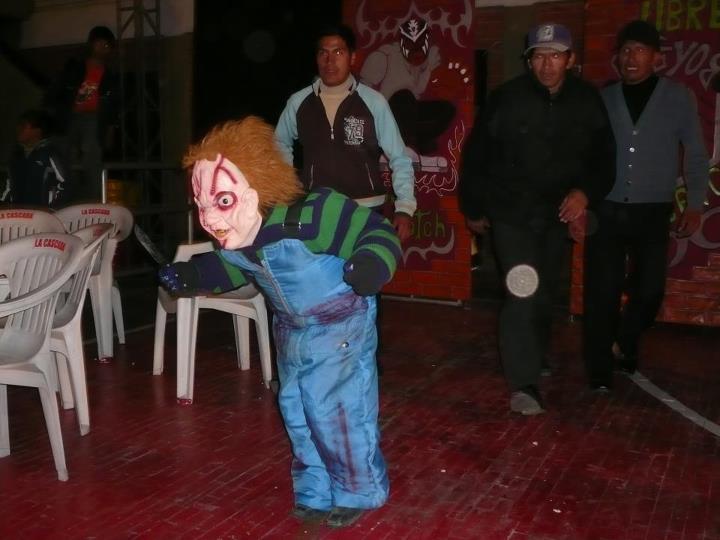2001 Semantic Leaps: Frame-shifting and Conceptual Blending in Meaning Construction. Cambridge, England: Cambridge University Press.
Jenkins, Henry
2007 The Wow Climax: Tracing the Emotional Impact of Popular Culture. New York: New York University Press.
Levi, Heather
2008 The World of Lucha Libre: Secrets, Revelations, and Mexican National Identity. Durham: Duke University Press.
Messner, Michael A,, Margaret Carlisle Duncan, and Cheryl Cooky
2003 Silence, Sports Bras, And Wrestling Porn : Women in Televised Sports News and Highlights Shows. Journal of Sport and Social Issues 27:38-51.
Rahilly, Lucia
2005 Is RAW War?: Professional Wrestling as Popular S/M Narrative. In Steel Chair to the Head: The Pleasure and Pain of Professional Wrestling. Nicholas Sammond, ed. Durham: Duke University Press.
Williams, Linda
2001 Film Bodies: Gender, Genre, and Excess. Film Quarterly 44(4):2-13.

 RSS Feed
RSS Feed
